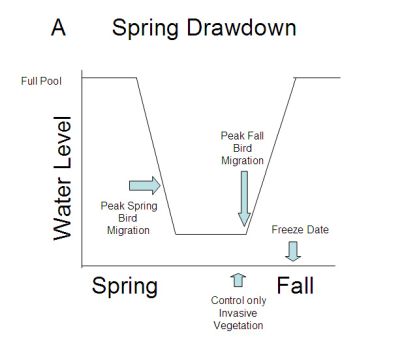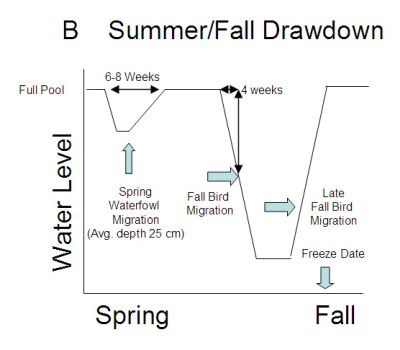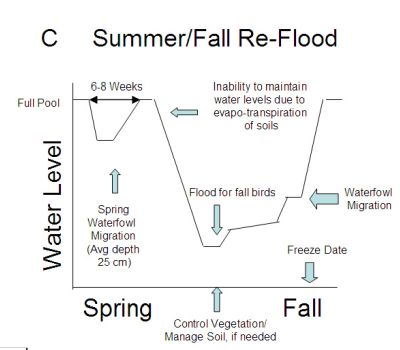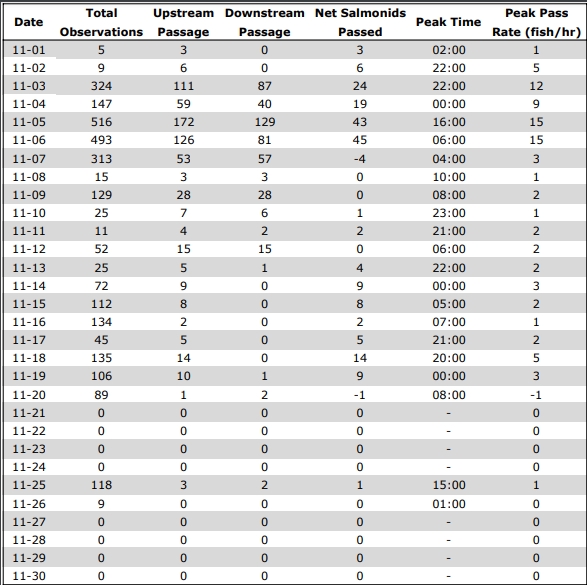Integrated Wetland Management: The Balance Between Reservoir Drawdown and the Impact on Species at Risk, Lake Chubsucker (Erimyzon sucetta), in the St. Clair National Wildlife Area
Our initial contract with Environment Canada (EC) / Canadian Wildlife Service (CWS) involved relocation of native fish and disposal of non-native invasive species during a planned drawdown of the St. Clair National Wildlife Area (NWA) East Cell. The drawdown involves a 95 % reduction in water volume, and 80 % reduction in wetted area with the intent of maintaining habitat quality and a healthy marsh ecosystem. The drawdown did not proceed as planned; however, this provided the opportunity to determine the actual species composition and relative abundance of fishes in 2016, as opposed to relying on historic data from 2005 and previous assessments that may not be representative of the current fish community structure. It also provided the opportunity to develop a wetland management drawdown protocol that could be applied to the East Cell, as well as other wetlands that may be dewatered that support Species at Risk.
Juvenile Lake Chubsuckers (SARA Schedule 1 - Endangered) were observed and captured in two distinct sampling locations. The habitat in these areas was characterized as shallow open areas that ranged in size from 0.25 to 25 m2 (5.1 ± 9.3m2) surrounded by vegetation primarily Chara sp., over 100 % silt with organic detritus with a mean depth of 0.4 ± 0.1 m (min 0.24 m, max 0.45 m). Dissolved oxygen in these locations ranged from 2.6 to 13.8 ppm (mean ± st.dev 8.1 ± 3.2 ppm) and 28 to 171 % saturation (97.9 ± 43.0 %). Mean water temperature was 23.8 ±3.8°C (range 19.3 to 30°C). Size of 0+ Lake Chubsucker was 47.1 ± 3.2 mm mean total length (TL) in July, 55.3 ± 3.8 mm mean TL in August, and 77.6 ± 4.0 mm mean TL in September.
Juvenile Lake Chubsuckers (SARA Schedule 1 - Endangered) were observed and captured in two distinct sampling locations. The habitat in these areas was characterized as shallow open areas that ranged in size from 0.25 to 25 m2 (5.1 ± 9.3m2) surrounded by vegetation primarily Chara sp., over 100 % silt with organic detritus with a mean depth of 0.4 ± 0.1 m (min 0.24 m, max 0.45 m). Dissolved oxygen in these locations ranged from 2.6 to 13.8 ppm (mean ± st.dev 8.1 ± 3.2 ppm) and 28 to 171 % saturation (97.9 ± 43.0 %). Mean water temperature was 23.8 ±3.8°C (range 19.3 to 30°C). Size of 0+ Lake Chubsucker was 47.1 ± 3.2 mm mean total length (TL) in July, 55.3 ± 3.8 mm mean TL in August, and 77.6 ± 4.0 mm mean TL in September.
Watch our Youtube video of juvenile Lake Chubsuckers from the East Cell:






